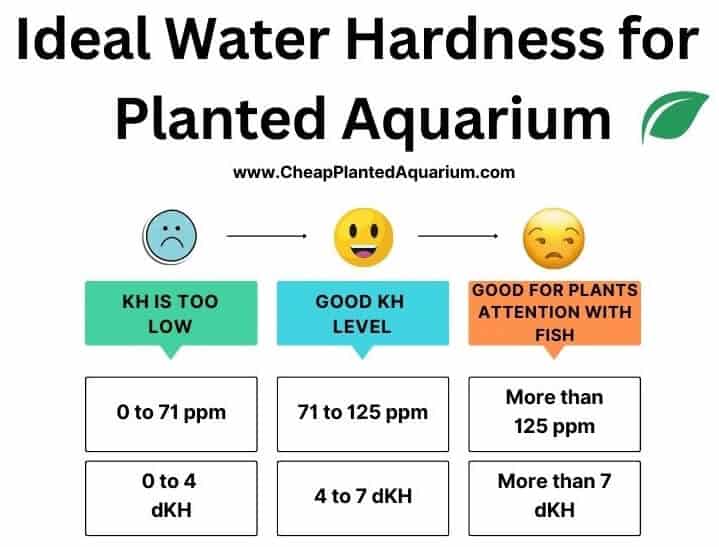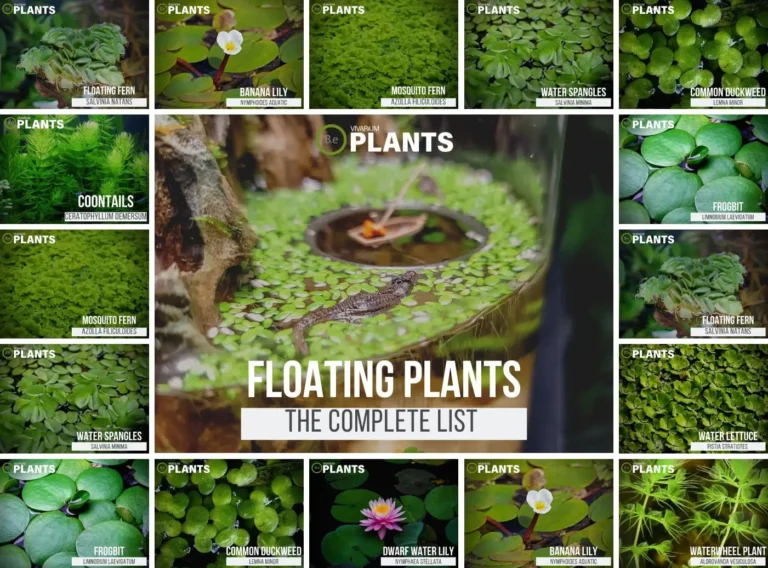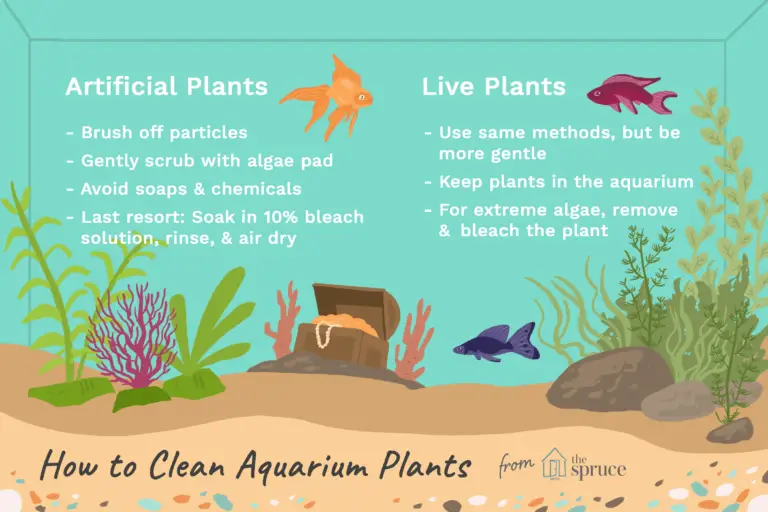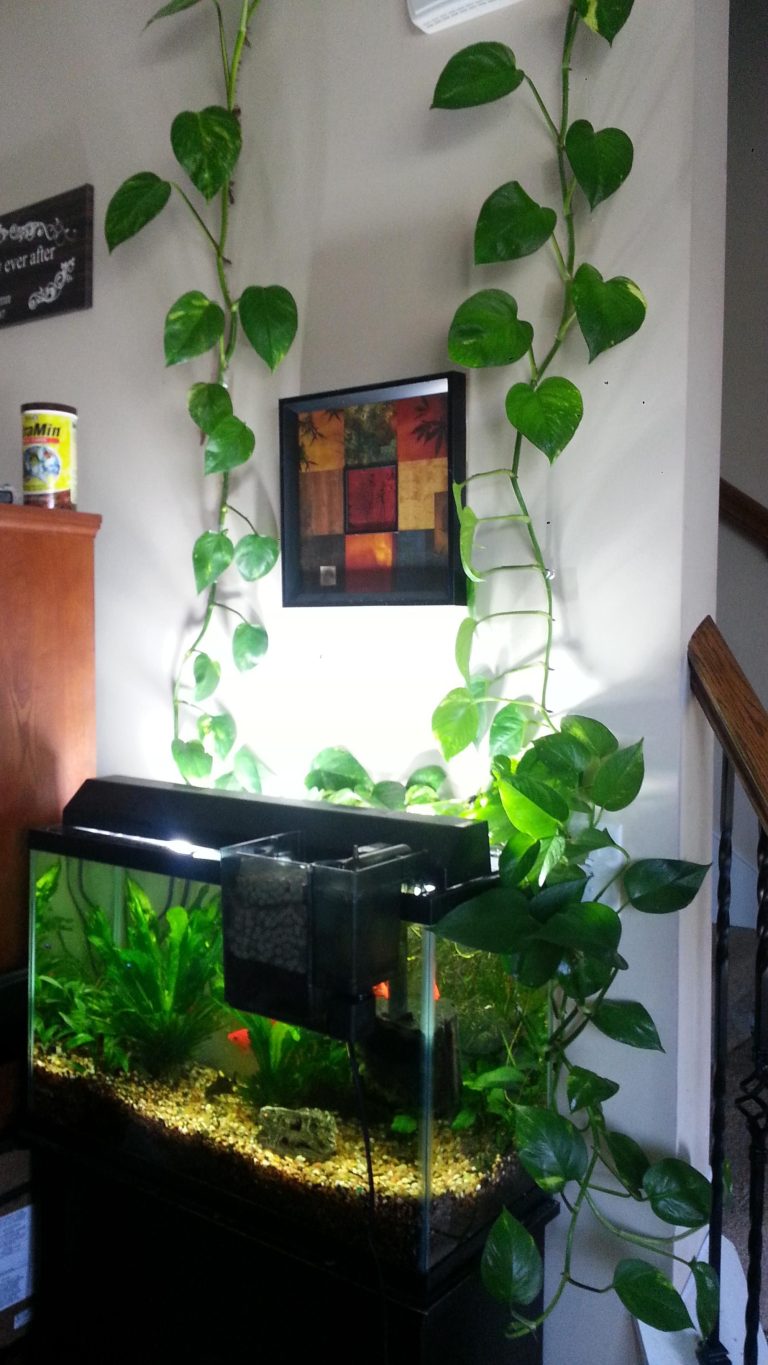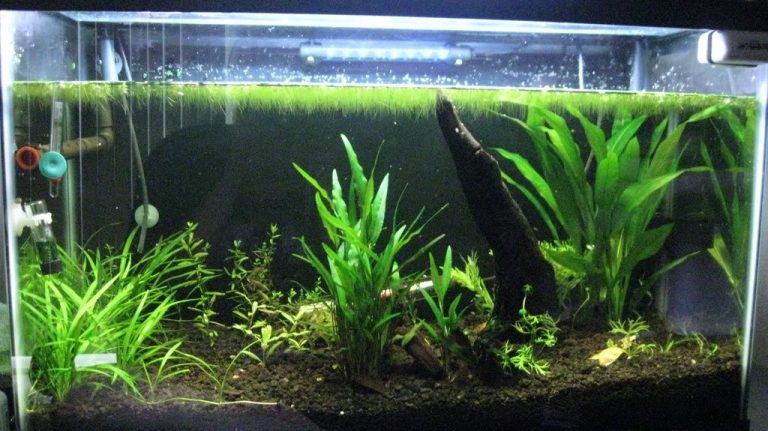Ideal Kh And Gh For Planted Aquarium
Ideal KH and GH for Planted Aquarium
When setting up a planted aquarium, one crucial factor to consider is the water hardness, which is measured by the carbonate hardness (KH) and general hardness (GH). These parameters play a significant role in creating a suitable environment for aquatic plants to thrive. In this article, we will discuss the ideal KH and GH levels for a planted aquarium and how they affect plant growth. So, let’s dive in!
The Importance of KH and GH in Planted Aquariums
The KH and GH levels of the water directly influence the availability of essential nutrients for aquarium plants. Carbonate hardness (KH) refers to the concentration of carbonates and bicarbonates in the water, while general hardness (GH) indicates the concentration of divalent cations, mainly magnesium and calcium.
Aquatic plants require carbon dioxide (CO2) for photosynthesis, and the KH plays a vital role in maintaining the CO2 balance in the water. When the KH is too low, the pH tends to fluctuate, and adequate levels of CO2 may not be available for plants. On the other hand, a high KH may lead to excessive CO2 levels, which can harm both plants and fish.
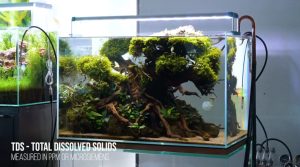
The GH is important for providing essential minerals and trace elements to plants. It affects nutrient uptake, enzymatic processes, and overall plant health. Insufficient GH can result in poor nutrient absorption and stunted growth, while excessive GH may lead to nutrient imbalances and algae issues.
Ideal KH for Planted Aquariums
The ideal KH level for a planted aquarium usually falls between 3 to 8 degrees, or approximately 53.7 to 143.2 ppm (parts per million). This range provides a stable pH for plant growth while ensuring the availability of sufficient CO2. However, the specific KH requirement may vary depending on the plant species and the overall setup of the aquarium.
Low-light plants generally tolerate a wider range of KH levels, while high-light plants may prefer slightly lower KH values. It is essential to monitor the pH levels alongside the KH to maintain stability. A pH range of 6.5-7.5 is generally suitable for most aquarium plants.
Ideal GH for Planted Aquariums
The ideal GH level for a planted aquarium ranges between 3 to 6 degrees or approximately 53.7 to 107.4 ppm. This range provides an adequate supply of essential minerals and trace elements for plant growth. It ensures that plants receive the necessary nutrients without causing an imbalance that could lead to algae problems.
It is important to note that soft water with a low GH may require supplemental fertilization to provide plants with the required nutrients. On the other hand, if the GH is too high, it might be necessary to use a water conditioner to reduce the mineral content and prevent potential issues.
Maintaining Ideal KH and GH
To maintain the ideal KH and GH levels for a planted aquarium, several methods can be employed:
1. RO (Reverse Osmosis) Water: Using reverse osmosis water allows for precise control of KH and GH levels by starting with a clean slate. The water can be remineralized using specific additives to achieve the desired parameters.
2. Buffering Substrates: Utilizing buffering substrates such as ADA Aquasoil or Fluval Stratum can help maintain stable KH and GH levels. These substrates release minerals gradually, providing a consistent environment for plant growth.
3. Supplementing Minerals: Adding liquid or powdered supplements can help adjust and maintain KH and GH levels. Calcium carbonate or baking soda can be used to increase KH, while products like Seachem Equilibrium can raise GH.
4. Water Changes: Regular water changes with appropriately treated water can help maintain stable KH and GH levels. It also helps refresh nutrients and prevent the accumulation of excess minerals.
Frequently Asked Questions
Q: Can I use tap water for a planted aquarium?
A: Tap water can be used for a planted aquarium, but it is essential to check its quality, including the KH and GH levels. If the tap water has high KH or GH, it may require treatment or dilution to achieve ideal parameters for plant growth.
Q: How often should I test the KH and GH levels?
A: It is recommended to test the KH and GH levels regularly, especially during the initial setup and after major changes, such as water changes. Once a month is usually sufficient for routine testing, although more frequent testing might be necessary if stability issues arise.
Q: Can I use KH and GH supplements together?
A: Yes, using KH and GH supplements together is common and necessary in some cases. However, it is important to monitor the levels closely and adjust the dosages based on the requirements of your plants and the condition of your aquarium.
Q: What if my KH and GH levels are too high or too low?
A: If the KH or GH levels are too high or too low, adjustments can be made using appropriate additives, buffering substrates, or dilution with water. It is crucial to make gradual changes and closely monitor the parameters to avoid stressing the plants or fish.
Final Thoughts
Maintaining the ideal KH and GH levels is crucial for the health and growth of plants in a planted aquarium. Providing stable conditions and adequate nutrients will result in lush, thriving aquatic vegetation. Regular testing and diligent monitoring, along with appropriate adjustments, will help create and maintain an optimal environment for your plants to flourish. So, take the time to understand your plants’ requirements and ensure the best possible water parameters for a successful planted aquarium.
